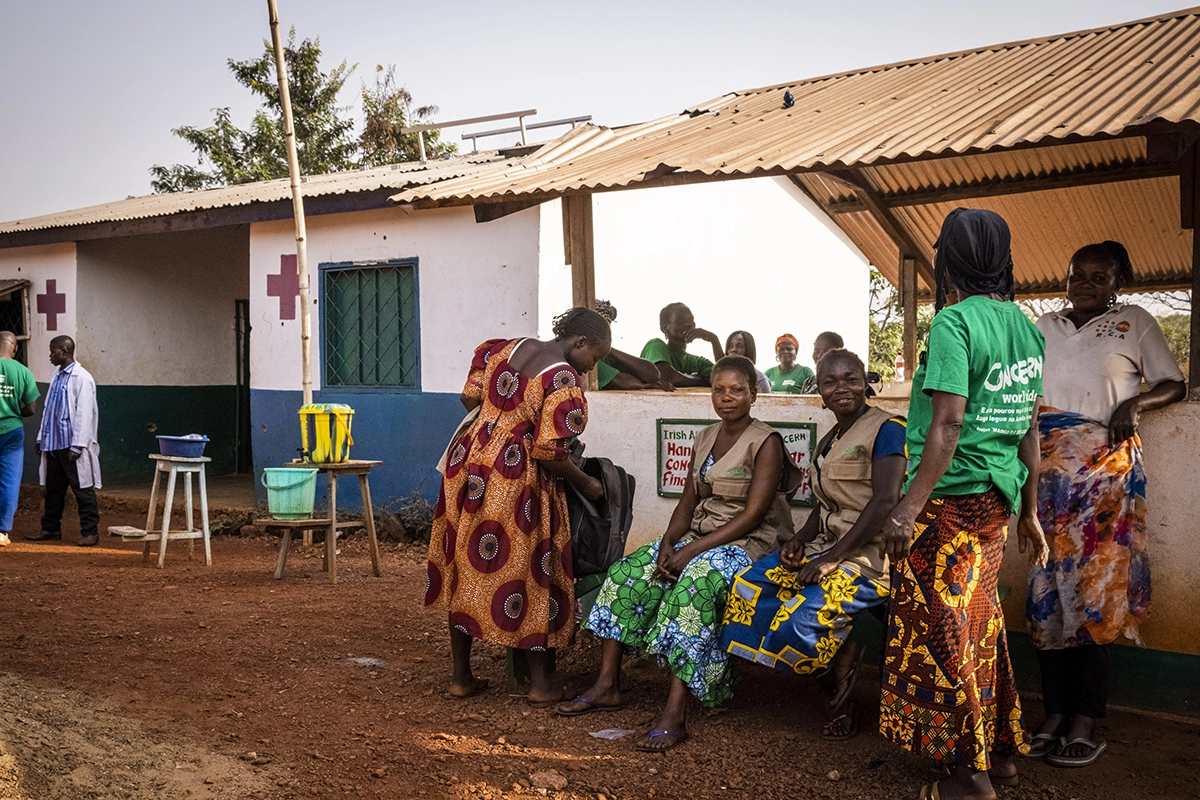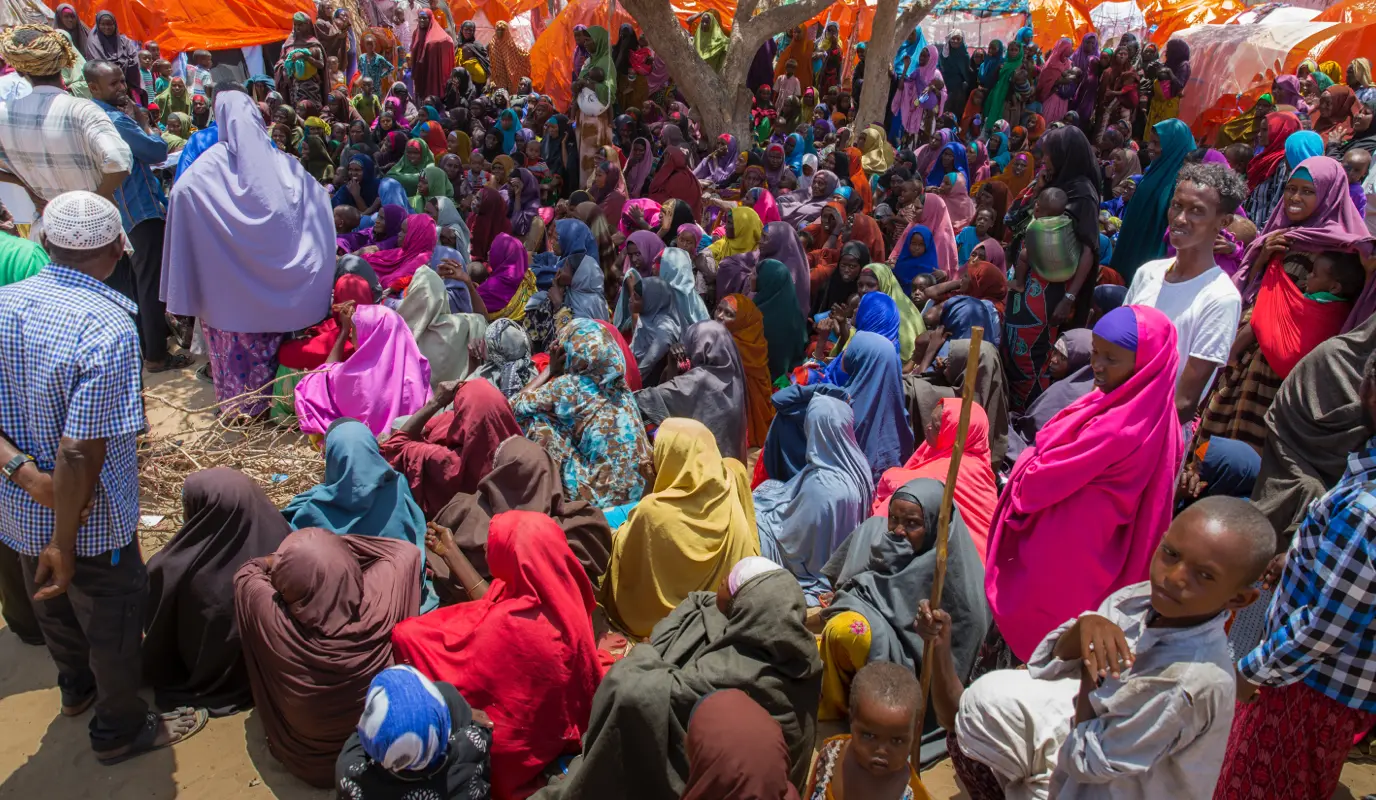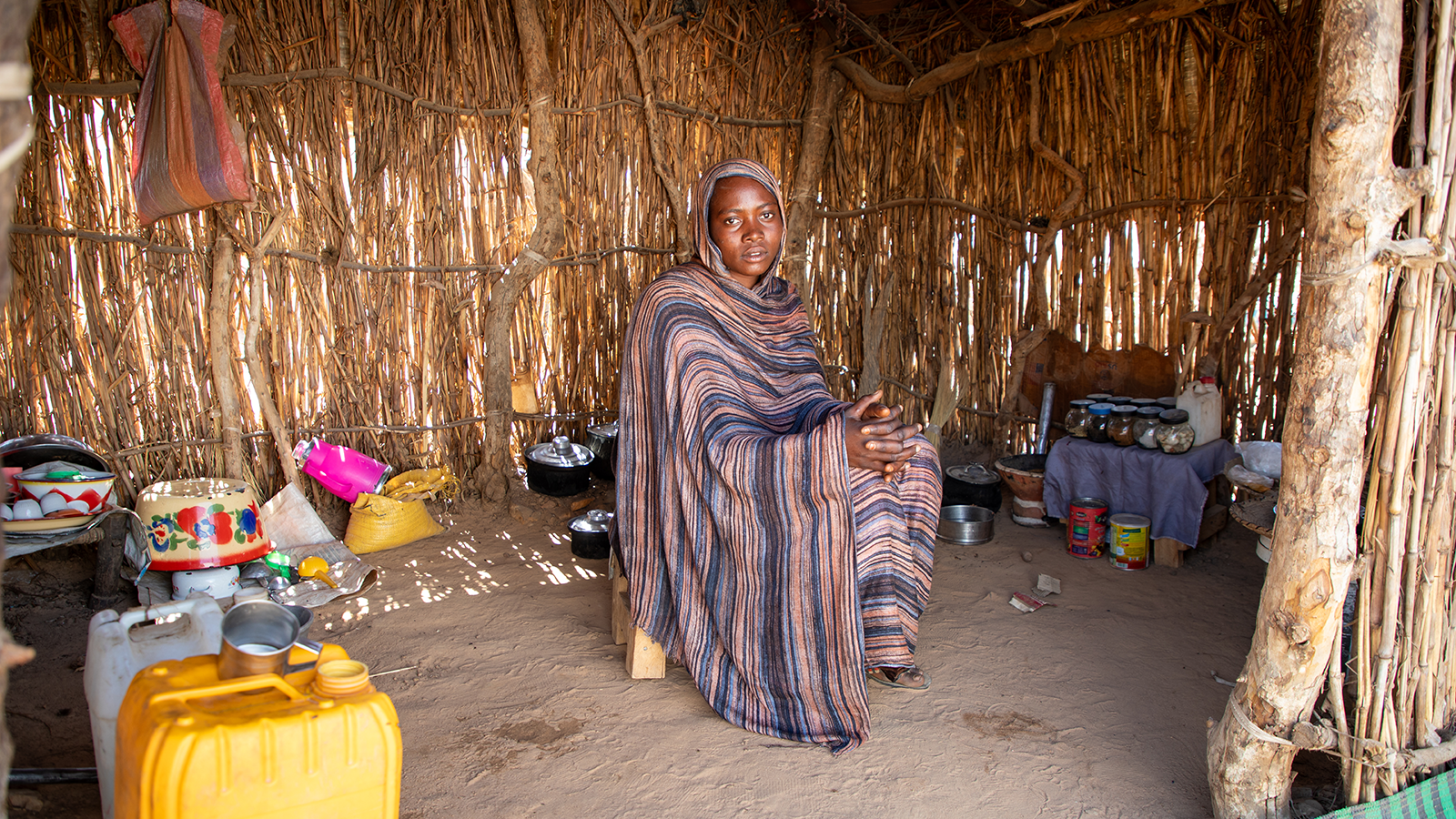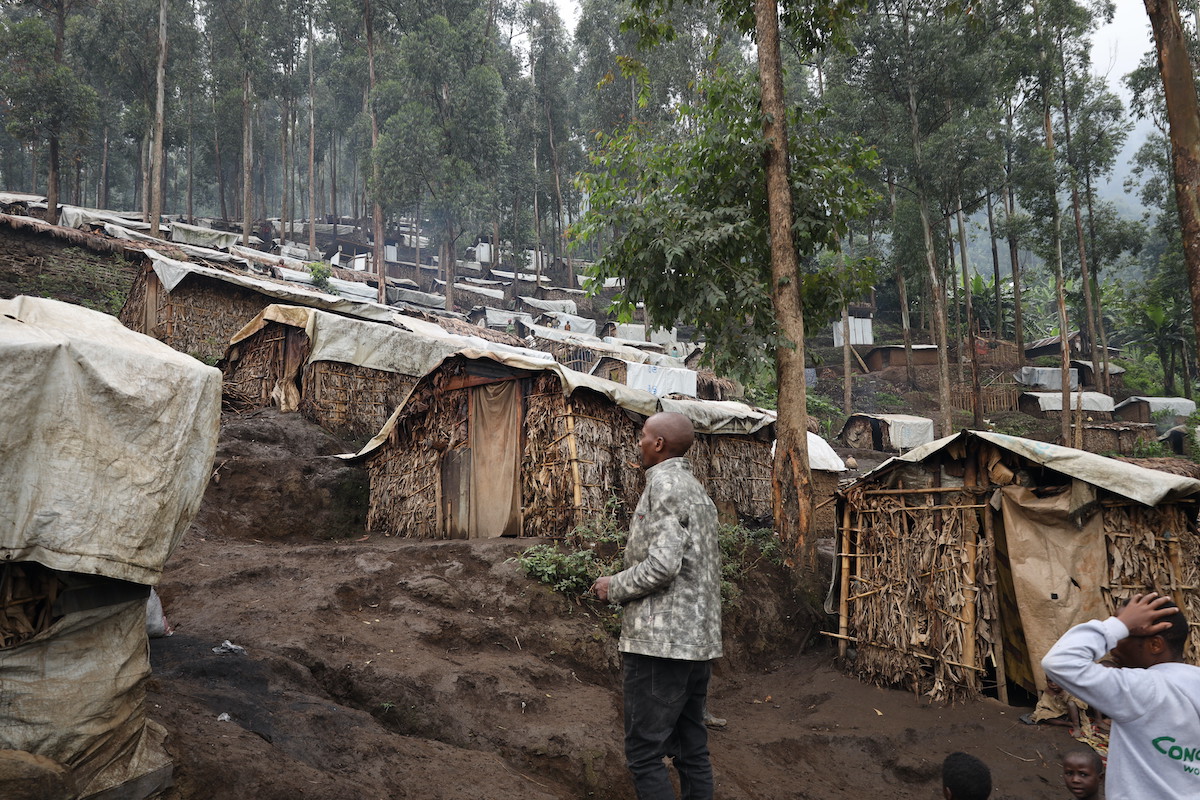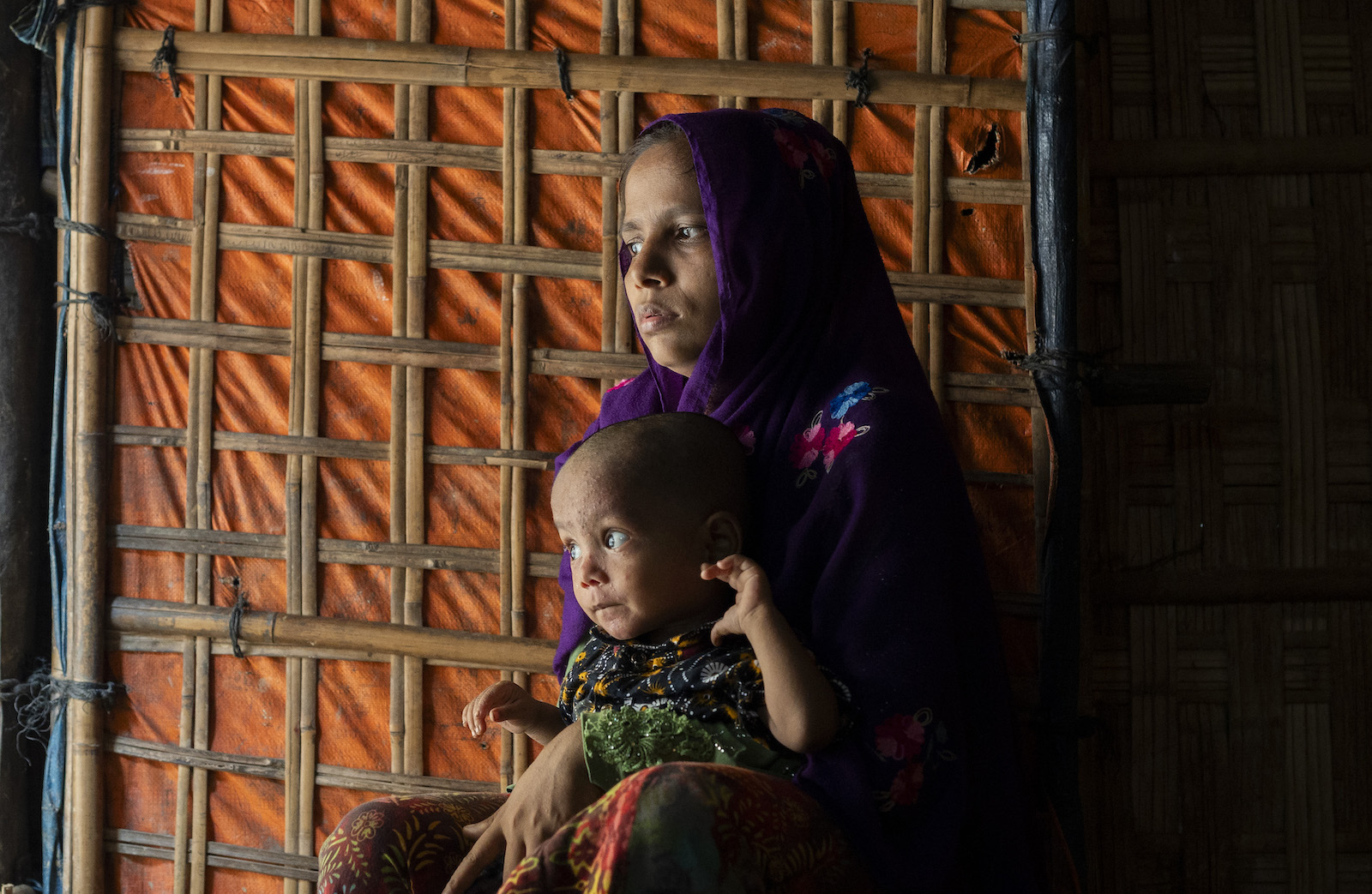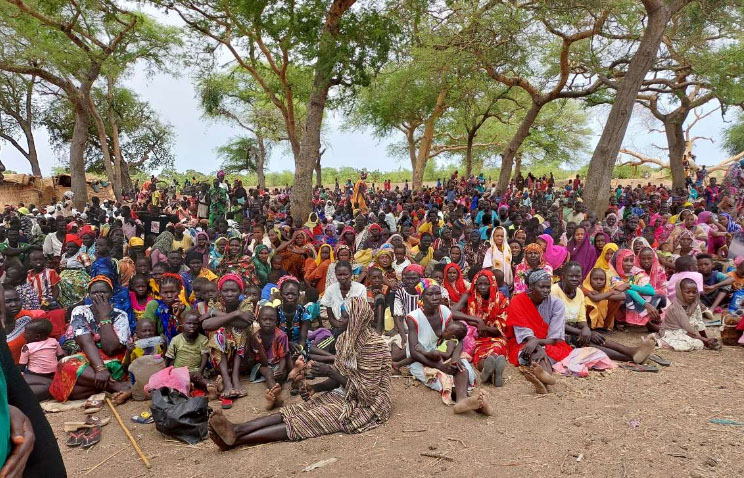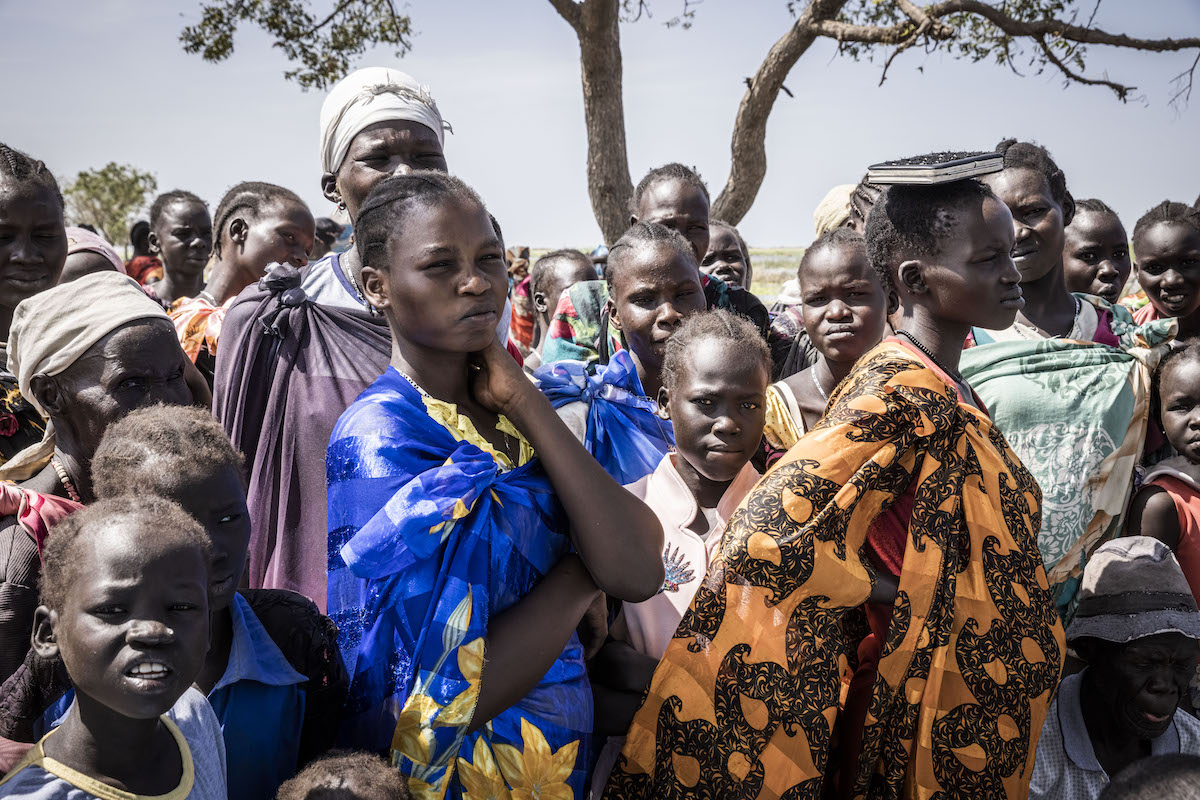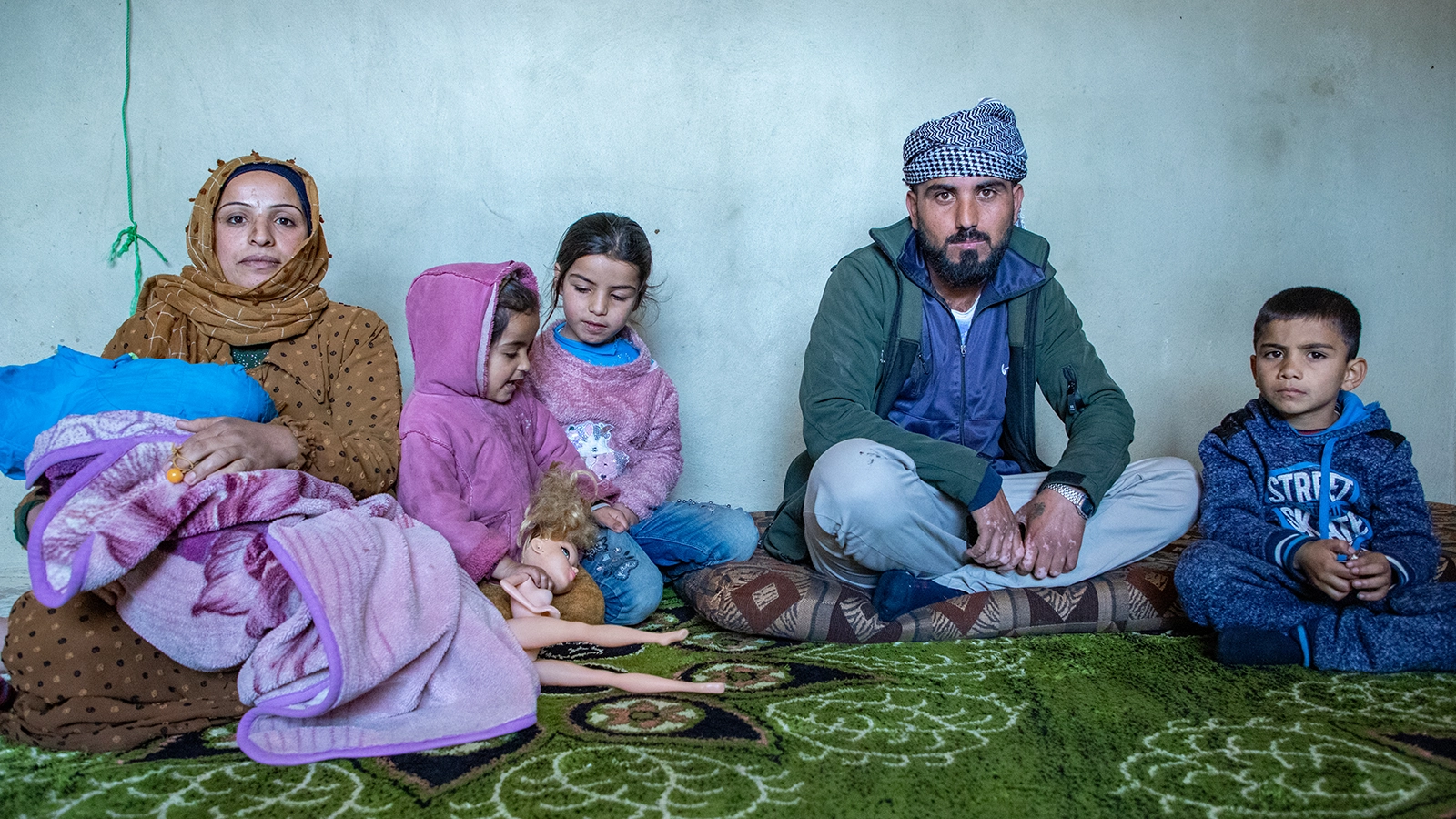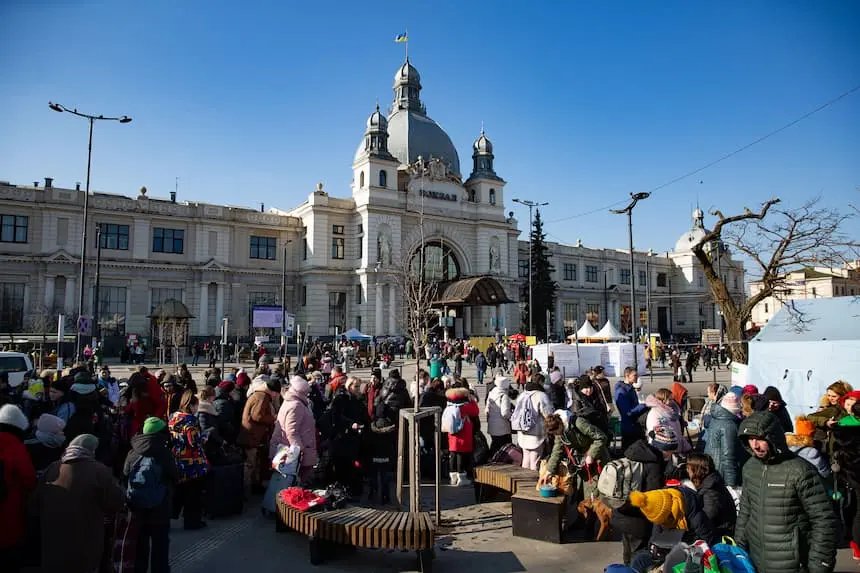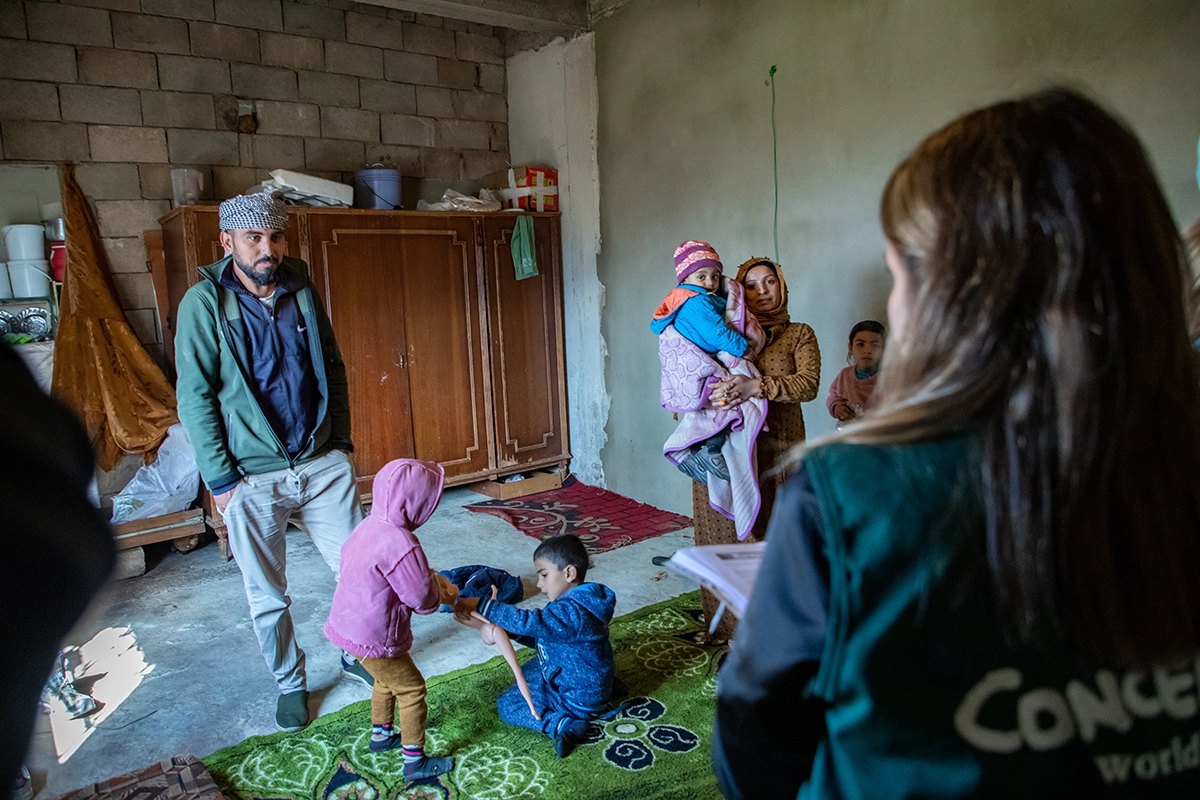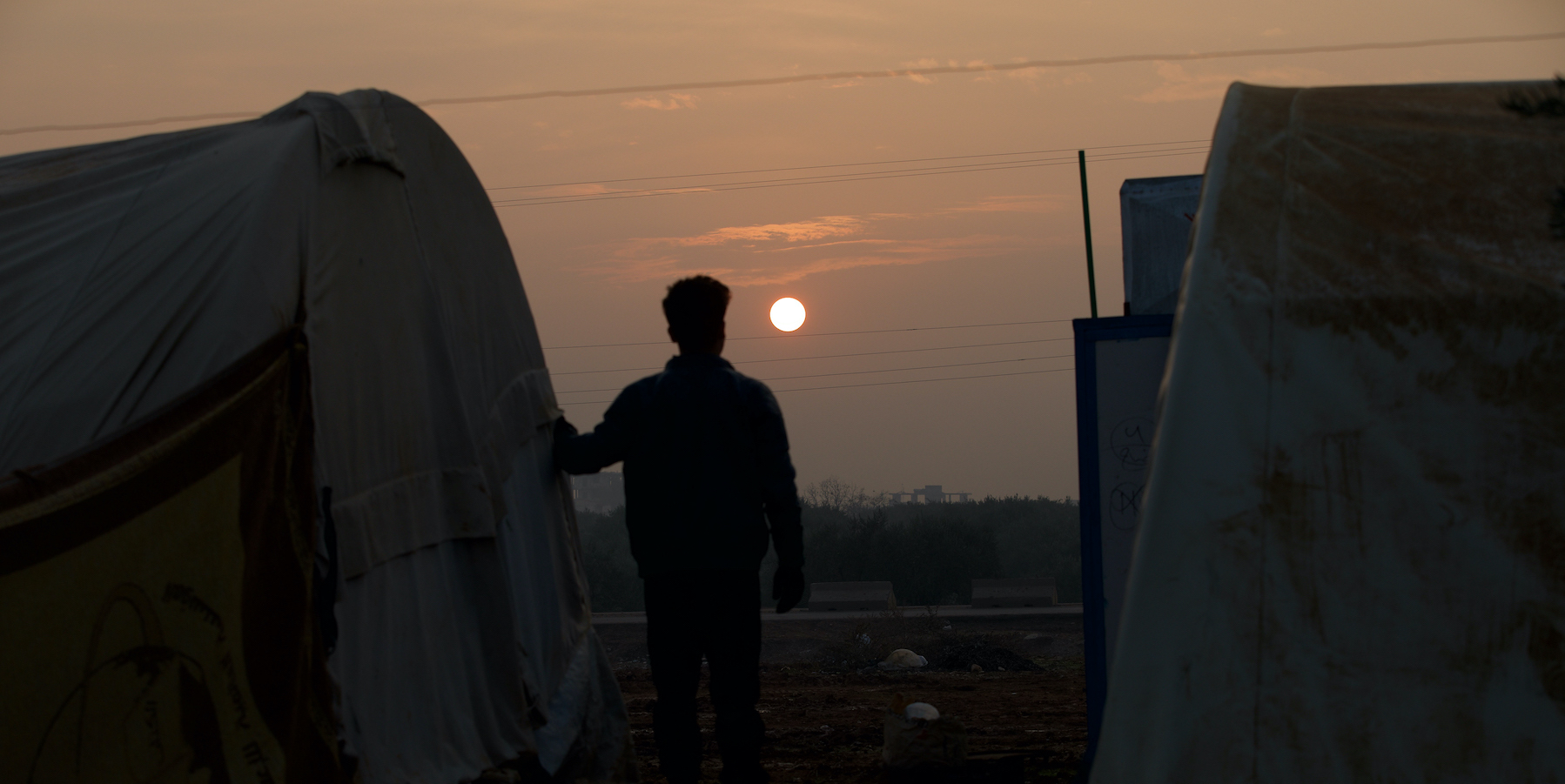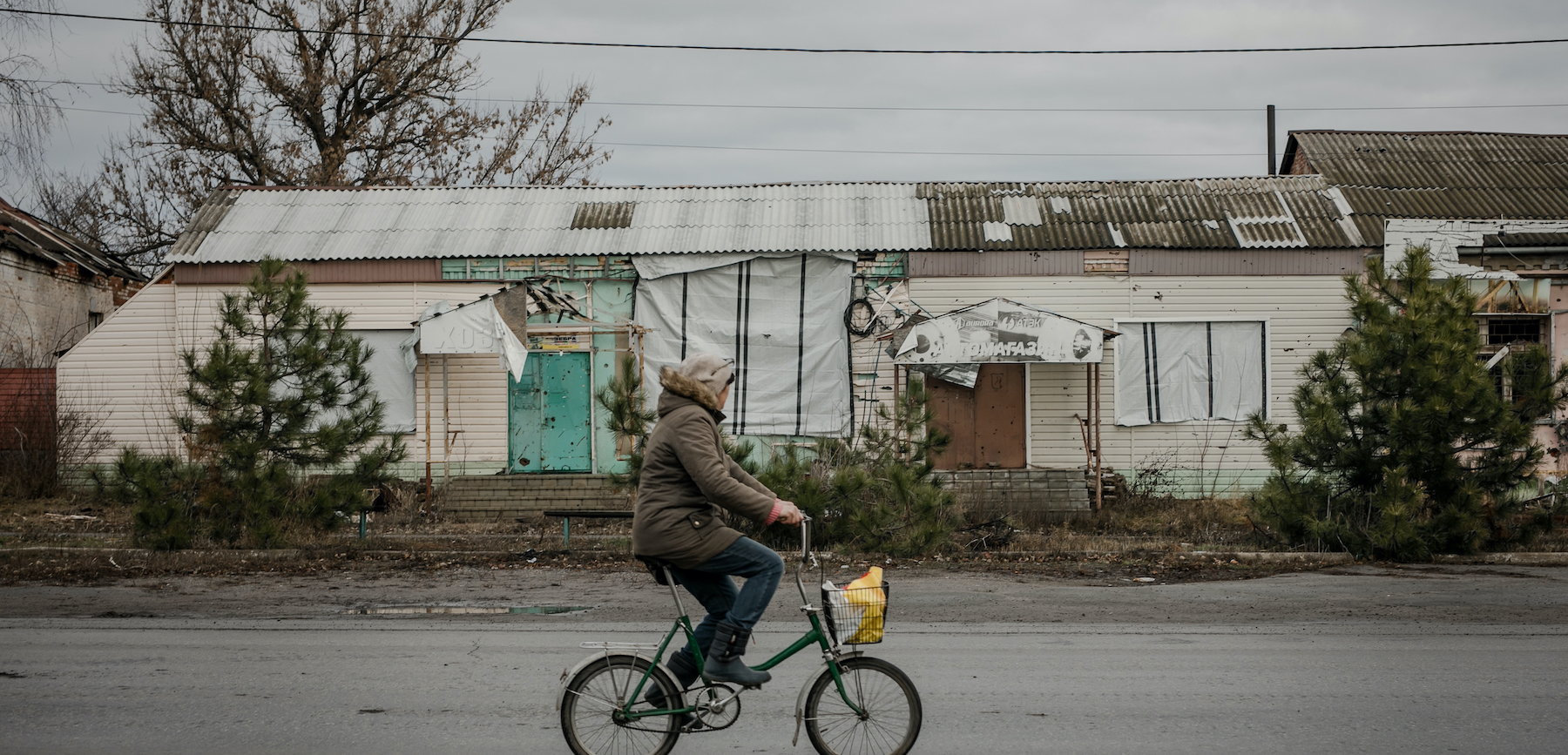News
What is life like in a refugee camp?
While the vast majority of refugees (78% according to the UNHCR) are hosted in cities, that still leaves approximately 9.5 million refugees living in camps around the world. The biggest among them can host nearly 1 million on their own. What does life look like for those living in these camps, and what does it take to get there?
Read More

